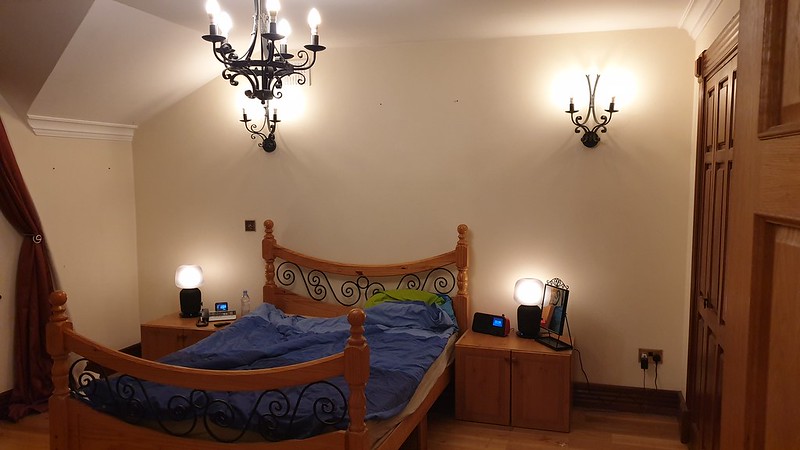Advertisement
Help Keep Boards Alive. Support us by going ad free today. See here: https://subscriptions.boards.ie/.
https://www.boards.ie/group/1878-subscribers-forum
Private Group for paid up members of Boards.ie. Join the club.
Private Group for paid up members of Boards.ie. Join the club.
Hi all, please see this major site announcement: https://www.boards.ie/discussion/2058427594/boards-ie-2026
Home automation in a church :)
-
20-02-2021 04:01PM#1
Comments
-
-
-
-
-
-
Advertisement
-
-
-
-
-
-
Advertisement
-
-
-
-
-
-
-
-
-
-
-
Advertisement
-
-
-
-
-
-
-
-
-
-
Advertisement
-
Advertisement

 https://www.youtube.com/watch?v=HaeohvayR3k
https://www.youtube.com/watch?v=HaeohvayR3k https://www.youtube.com/watch?v=oyeI7om7Nos
https://www.youtube.com/watch?v=oyeI7om7Nos https://www.youtube.com/watch?v=mW2yUA8DhdA
https://www.youtube.com/watch?v=mW2yUA8DhdA https://www.youtube.com/watch?v=iBCZXkk6_PM
https://www.youtube.com/watch?v=iBCZXkk6_PM























 https://www.youtube.com/watch?v=vXvB0p7SpVw
https://www.youtube.com/watch?v=vXvB0p7SpVw https://www.youtube.com/watch?v=LaK4m9GN334
https://www.youtube.com/watch?v=LaK4m9GN334 https://www.youtube.com/watch?v=v2NlJrN5rxg
https://www.youtube.com/watch?v=v2NlJrN5rxg





 https://www.youtube.com/watch?v=sES13zD-YMA
https://www.youtube.com/watch?v=sES13zD-YMA https://www.youtube.com/watch?v=FZE9RayF0og
https://www.youtube.com/watch?v=FZE9RayF0og